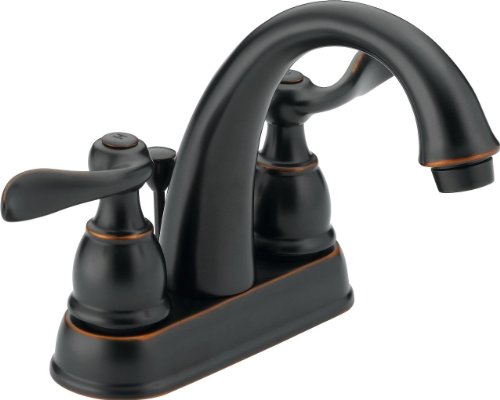Jewelry is a type of art. As with other art it takes many forms and can be made in varied media, from paper to polymer clay. Most is made with metal; it the most durable material available to the jewelry artisan. Many art museums display metal rings, earrings and more made hundreds or even thousands of years ago. The techniques used to make jewelery today are basically the same.
Most artists sell their work. In order to sell copies of an original the artisan uses a process to make duplicates. An artist who sells prints may use a silk screen printing process. Photographers simply print more copies of their original photographs. A stained glass artisan uses a pattern to cut glass parts, making it easy to reproduce an original lamp shade or window.
Producing a copy of an original piece of jewelery from metal is hard work. Cutting, filing, and hammering take a lot of physical strength. Making a single copy of a simple silver pendant can take hours and it will never be exactly the same as the original. So how is this done?
Thousands of years ago, early metal workers learned that solid metal could be melted into a liquid and poured into a mold. Early molds were basic and very simple -- a depression in fine, wet sand or clay. This allowed them to make tools, weapons and other objects with precision, and made it possible to repeat the process over and over.
The technique has become easier today with modern equipment. The idea has not changed.
The lost wax process was first used by Leonardo DaVinci. He was more than just an artist; he was a true visionary. Here is how the amazingly simple lost wax casting process works ... An original model of the object is carved in wax. The wax model could be a pendant, a ring or something else. This technique is used to cast many metal objects, from gold and silver jewelry and bronze sculpture to steel parts for many everyday objects like sink hardware (faucets are an example.)
A wax rod is fused to the model. This is called a "sprue". This will become the channel the metal is poured into. The unconnected end is then made a bit wider by melting a bit more wax onto the tip, which will create a depression in the mold. Think about the shape of a golf tee or a funnel. This makes the pour easier.
One or more wax rods may be connected at the bottom or sides of the model for venting gas.
The wax model is then placed in a steel flask. The sprue is at the top, and a mixture called investment is poured into the flask, covering the wax model and leaving the sprue and vent rods exposed.
The investment is a plaster-like compound. It is a silica based powder that is mixed with water. Once it sets it becomes solid. At this point, the wax model is embedded in the solid investment filled flask. The next step is where the lost wax casting process gets its name.
The flask is placed into a kiln or "burn out oven". The wax completely burns out of the investment, leaving the empty mold with the sprue hole and the vent holes. The wax model is lost in the process.
Once the mold is burned out it can immediately be used for the pour. Metal is placed into a crucible - a ceramic dish that can withstand the heat needed to melt the metal. A small amount of boric acid is added as flux to keep oxidation to a minimum. Next a torch is used to bring the metal up to a temperature where it flows and it is then quickly poured into the prepared mold.
Several methods can be used at this point to help force the liquid metal into the far reaching cavities within the mold. The flask can be placed into a vacuum or centrifugal machine, or a simpler method can be used.
One popular method is "steam casting". A metal lid from a glass food jar can be used to do this. A stick is attached to the top of the lid with a screw. The inside of the lid is then jammed with wet paper towels or natural cloth like cotton (NOT a synthetic fiber.) After the metal is poured into the mold the lid is quickly placed over the hole at the top of the flask and held tightly with the stick. The heat from the molten metal will turn the water in the paper towels to steam. The expanding steam goes into the mold, pushing the molten metal into the mold for a complete fill.
Swing casting is another method. With this technique the artist is doing the work of the centrifugal machine. Chain is attached to the top of the flask. Immediately after the pour a second person picks up the flask and quickly swings it around in circles using the attached chain. This should only be done outdoors by experienced casters -- for obvious safety reasons.
Once the pour has been completed and the flask has cooled a little bit, it can be dunked in a bucket of water. This usually makes the investment crumble ... and the cast object is easily removed. It will be an exact copy of the wax model - in solid metal. The sprue and vents can then be removed, and the casting can be finished using the usual polishing techniques.
The lost wax casting process makes it possible for jewelery designers to manufacture a signature line of styles that can be easily reproduced, allowing them to bring their fashions to the marketplace.
 | Price : $100.00
| Price : $100.00
 | Price : $100.00
| Price : $100.00